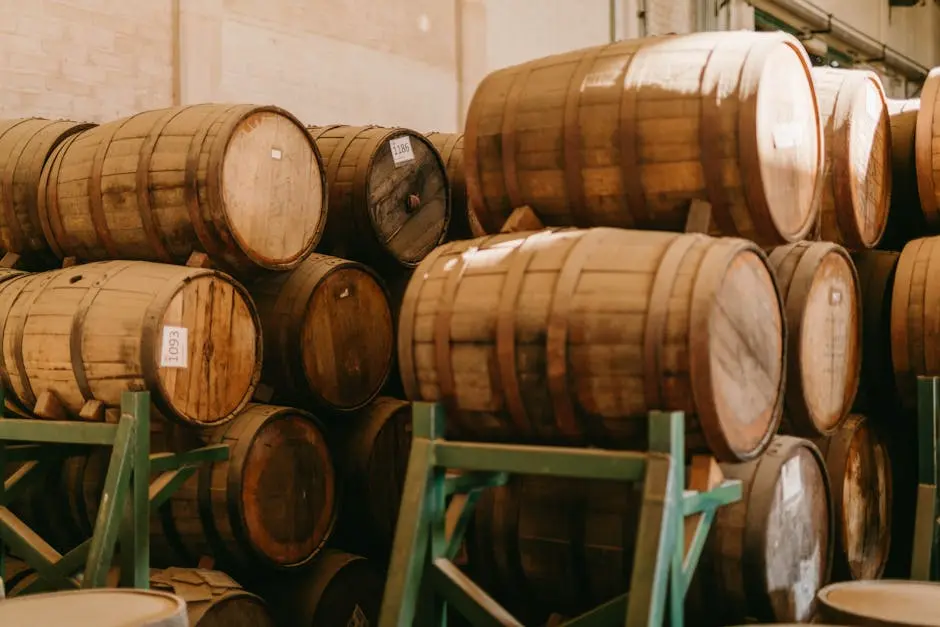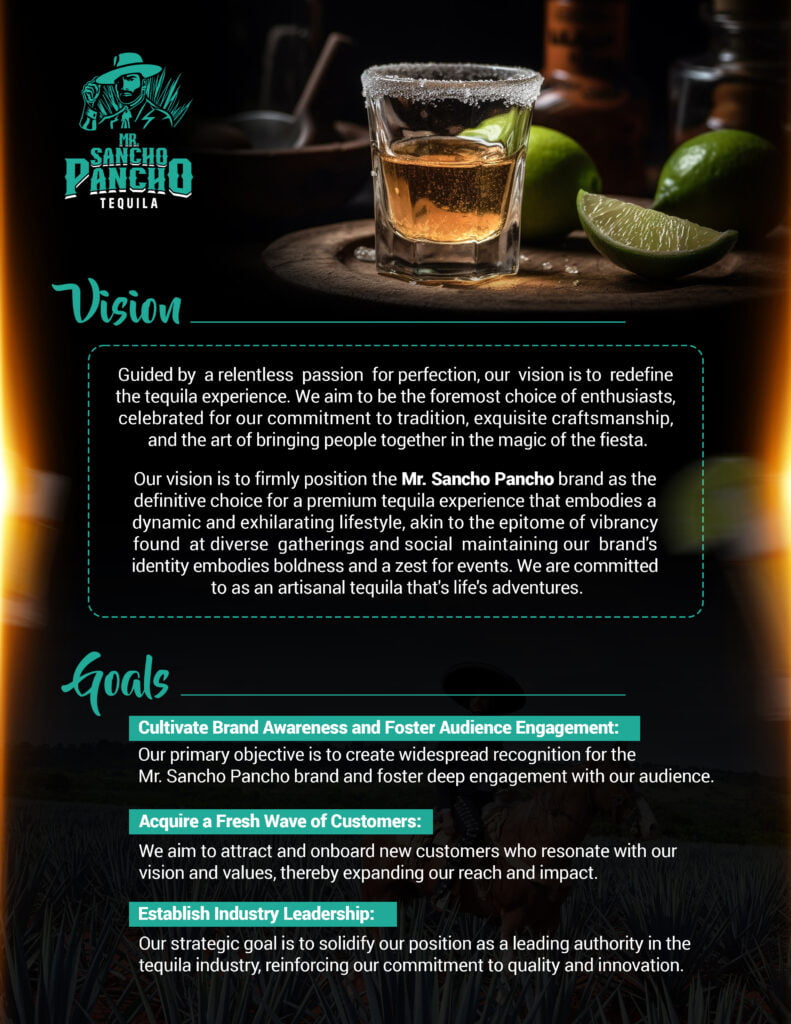Tequila is more than just a spirit; it’s a cultural phenomenon rooted in Mexican tradition and wrapped in a legacy of craftsmanship. Whether you’re a casual sipper or a seasoned aficionado, understanding the essence of authentic tequila can transform your experience. Join us as we delve into what makes this beloved drink truly genuine and how you can savor every drop.
The Roots of Authentic Tequila
Authentic tequila has its origins in the heart of Mexico. This golden-hued spirit is crafted from the blue agave plant, and its journey from field to bottle is a testament to Mexican heritage and tradition. Understanding these roots enriches your appreciation for this iconic drink.
The blue agave, or Agave Tequilana, is the lifeblood of tequila. This succulent plant takes between eight to twelve years to mature, a testament to the patience and dedication of the jimadores, or agave farmers, who work tirelessly to cultivate it. The heart of the agave, known as the piña, is harvested and then used to create tequila. This meticulous process is deeply intertwined with Mexican culture, offering a glimpse into the regional pride and family traditions that have carried forward through generations.
Interestingly, the production of tequila is regulated by the Mexican government, ensuring that only spirits made in specific regions can bear the name ‘tequila.’ These areas include Jalisco and certain municipalities in surrounding states, similar to how only sparkling wine from the Champagne region of France can be called ‘champagne.’ This geographic distinction safeguards the authenticity of this treasured beverage.
The Art of Tequila Making
The process of crafting tequila is both art and science. From harvesting mature agave to using traditional techniques like roasting in stone ovens, every step is crucial. This labor-intensive process ensures the quality and authenticity of each bottle, reflecting generations of mastery.
Once the agave piñas are harvested, they are traditionally slow-cooked in either brick or volcanic stone ovens, known as hornos. This step is vital as it converts the plant’s starches into fermentable sugars, essential for distillation. Modern tequila production might use stainless steel autoclaves, which speed up the process, but many argue that traditional methods yield a more complex flavor profile.
Following cooking, the agave is crushed to extract the juice, a process that can be done using large stone mills called tahonas or mechanical shredders. The extracted juice is fermented with yeast in large vats, where it transforms into a spirit. The final distillation, traditionally done twice, refines the alcohol, giving it the clarity and purity for which tequila is renowned. Each step requires skill and an understanding of both the science and artistry behind this cherished drink.
Distinction Between Authentic and Imitation
Navigating the world of tequila requires discerning authentic varieties from imitations. Learn about the labeling standards and certifications like ‘100% agave’ that guarantee genuine quality. Discover how legal requirements protect the authenticity and integrity of this cherished spirit.
One key differentiator in tequila is the ‘100% agave’ label. Authentic tequila can be categorized based on its agave content. ‘100% agave’ signifies that the tequila is made solely from blue agave sugars, offering a purer and generally more flavorful experience. In contrast, tequila labeled as ‘mixto’ contains at least 51% agave, with the remaining sugars derived from other sources like cane.
Additionally, the NOM (Norma Oficial Mexicana) number on bottles is a certification that guarantees the tequila was produced in compliance with Mexican regulations, listing the distillery where it was made. It’s a seal of authenticity consumers can trust. By understanding these credentials, you can confidently choose a tequila that promises an authentic experience steeped in tradition.
Tasting Authentic Tequila: What to Look For
Once you understand how authentic tequila is crafted, it’s time to savor it. With its complex layers of flavor, knowing how to properly taste tequila can enhance your appreciation. Look for notes of citrus, vanilla, and earth that comprise this exquisite spirit’s flavor profile.
Start by inspecting the tequila’s appearance. Pour it into a glass and hold it up to the light to observe its clarity and color. Swirl it gently; you should see legs or tears run down the glass’s sides, an indication of its alcohol content. Next, take a moment to inhale the rich aromas. A good tequila will exhibit a bouquet of scents, from floral to earthy, beckoning you to take that first taste.
When tasting, allow the tequila to linger on your palate. A quality spirit will present a harmony of flavors, offering sweet, spicy, and sometimes smoky notes with a long, smooth finish. Don’t rush this experience; take your time to appreciate the craftsmanship that has gone into each sip. Remember, authentic tequila should be savored, whether enjoyed straight, in a cocktail, or paired with traditional Mexican cuisine.
Raising a Glass to Authenticity: Appreciating Tequila’s True Essence
Embracing the authentic essence of tequila means appreciating its storied past, traditional crafting, and rich flavors. By understanding its roots and respecting the artistry involved in its production, every sip becomes a journey of celebration and discovery. So next time you raise a glass of tequila, toast to its authenticity and the passion of those who keep its legacy alive.















